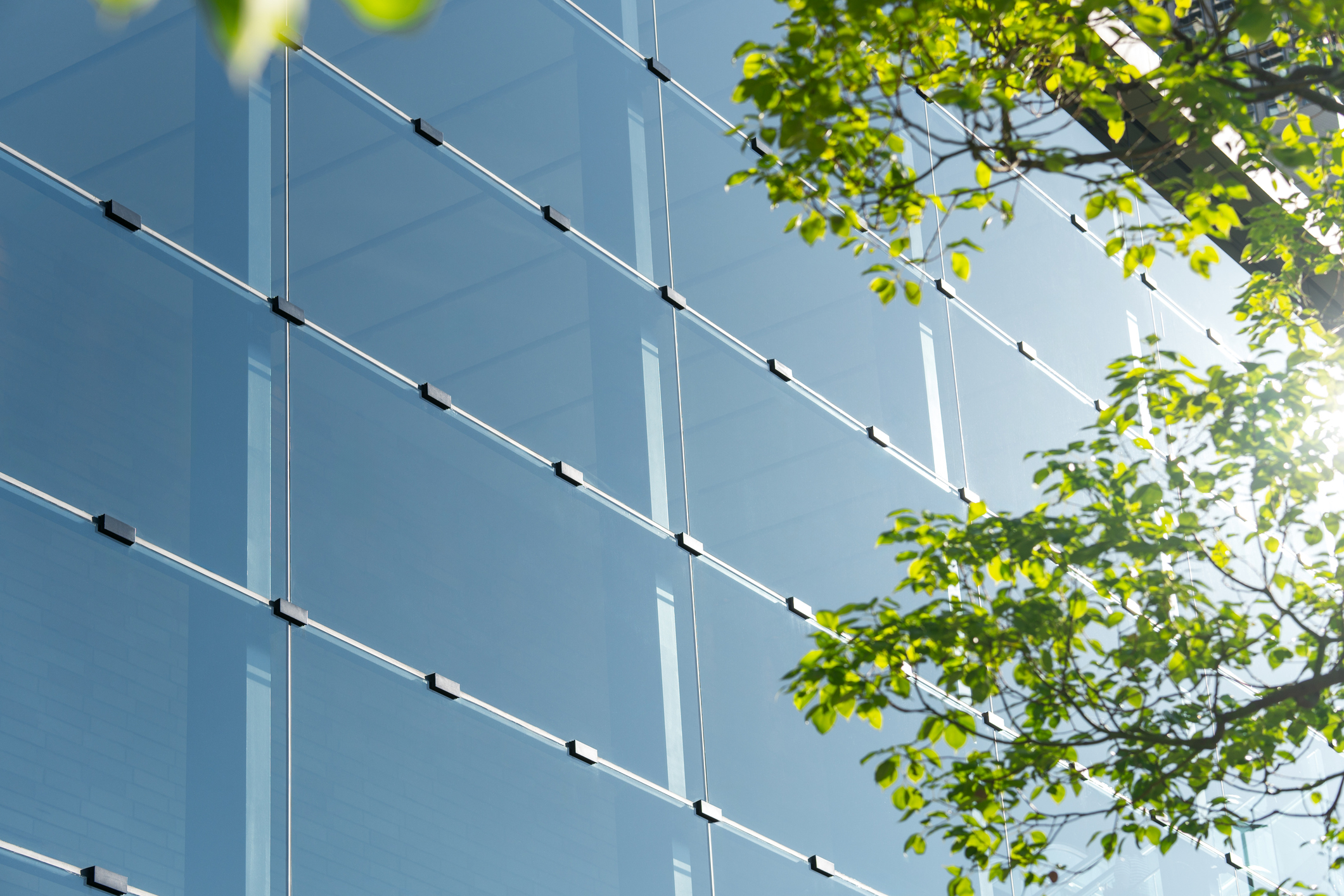
Why Thermal Breaks Are Often Missed in Housing Projects
Why Thermal Bridging Is a Concern for Residential Buildings
Thermal bridging can occur in any building envelope, it isn’t limited to large commercial structures, steel frameworks or concrete balconies, but can be just as problematic in residential buildings.
How Thermal Bridges Affect US Homes
From rooftops to foundations, thermal bridges can compromise a home’s energy performance, cause condensation and even lead to structural damage and mold, all common issues in US homes due to the variety of climate the country endures. At a time when the focus is on building new homes quickly to meet demand, it’s essential not to overlook the long-term implications of thermal bridging.
Why Are Existing Homes More Vulnerable to Heat Loss?
Current US homes are more susceptible to thermal bridging because of a lack of knowledge of where it can occur when the buildings were originally erected. This has now led to occupants having increased energy bills due to heat loss, poor indoor air quality caused by condensation and mold, and higher carbon emissions. In order to combat this, we must ensure that we identify where thermal bridging can occur in plans for future residential buildings and implement solutions.
Where Does Thermal Bridging Commonly Occur?
Common applications in which thermal bridging can happen is in balcony connections, roof-wall junctions, slab edges and floor penetrations and window and door reveals. These locations are hotspots for thermal bridging because it is common to use steel and concrete down the line materials due to their ability to withstand a high amount of weight, however they have a high heat conductivity and therefore are a direct bridge for transfer.
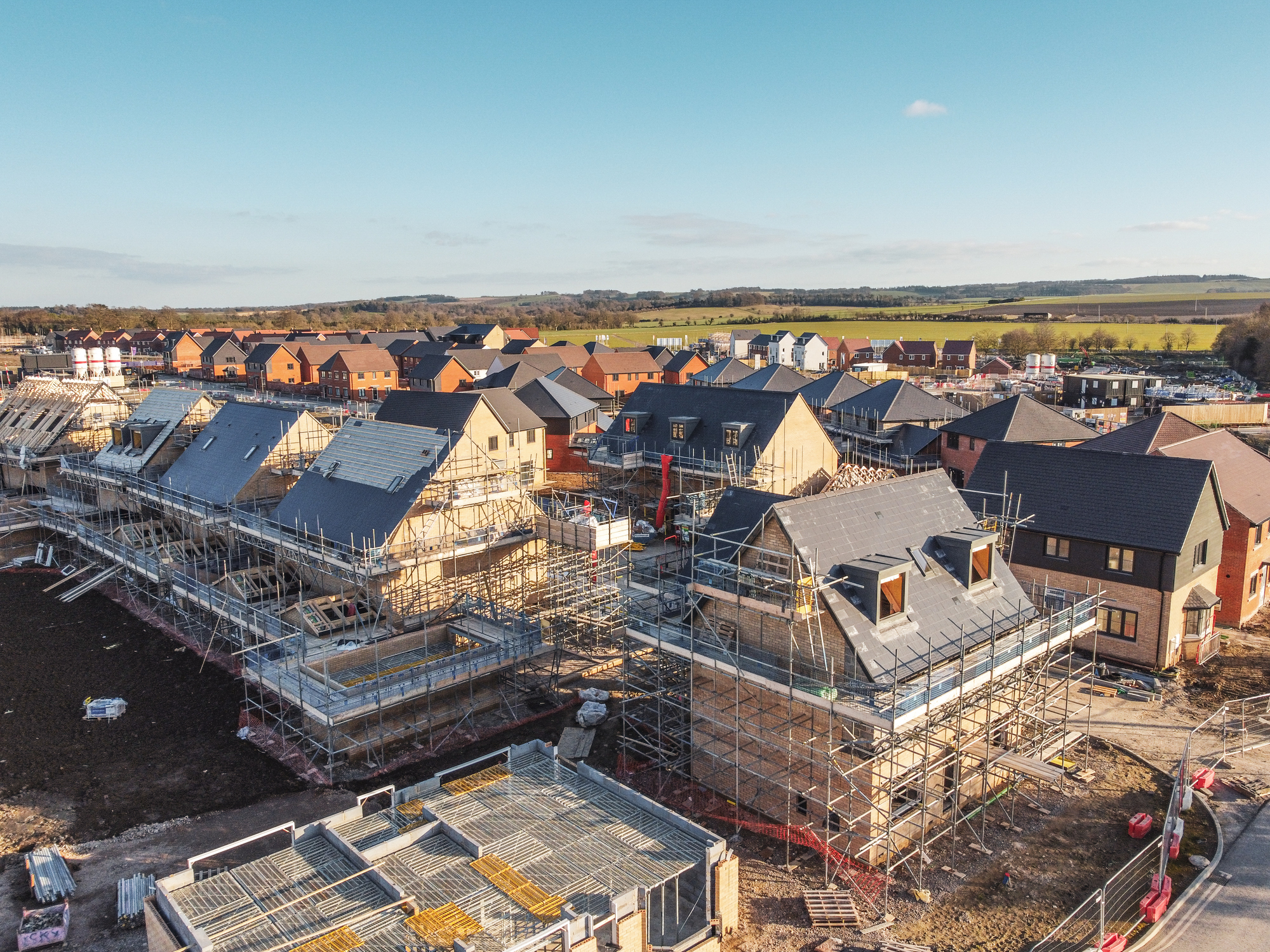
Why Future Homes Must Address Thermal Bridging at Design Stage
With the demand for housing so high at the moment, there is a pressure to build quickly. But, these residential projects must also meet stricter regulations for energy efficiency in order to reach net zero goals. Because of this, it is essential, even more so now, that architects and developers identify thermal bridging and implement a solution from initial design stages as thermal bridging can be responsible for up to 30% of heat loss.
How Armatherm Thermal Breaks Improve Residential Energy Performance
Armatherm™’s structural thermal breaks can be installed between conductive elements like steel beams or concrete slabs and will help to improve the overall thermal performance of the building, ultimately reducing energy bills, as well as risk to health by preventing condensation and mold.
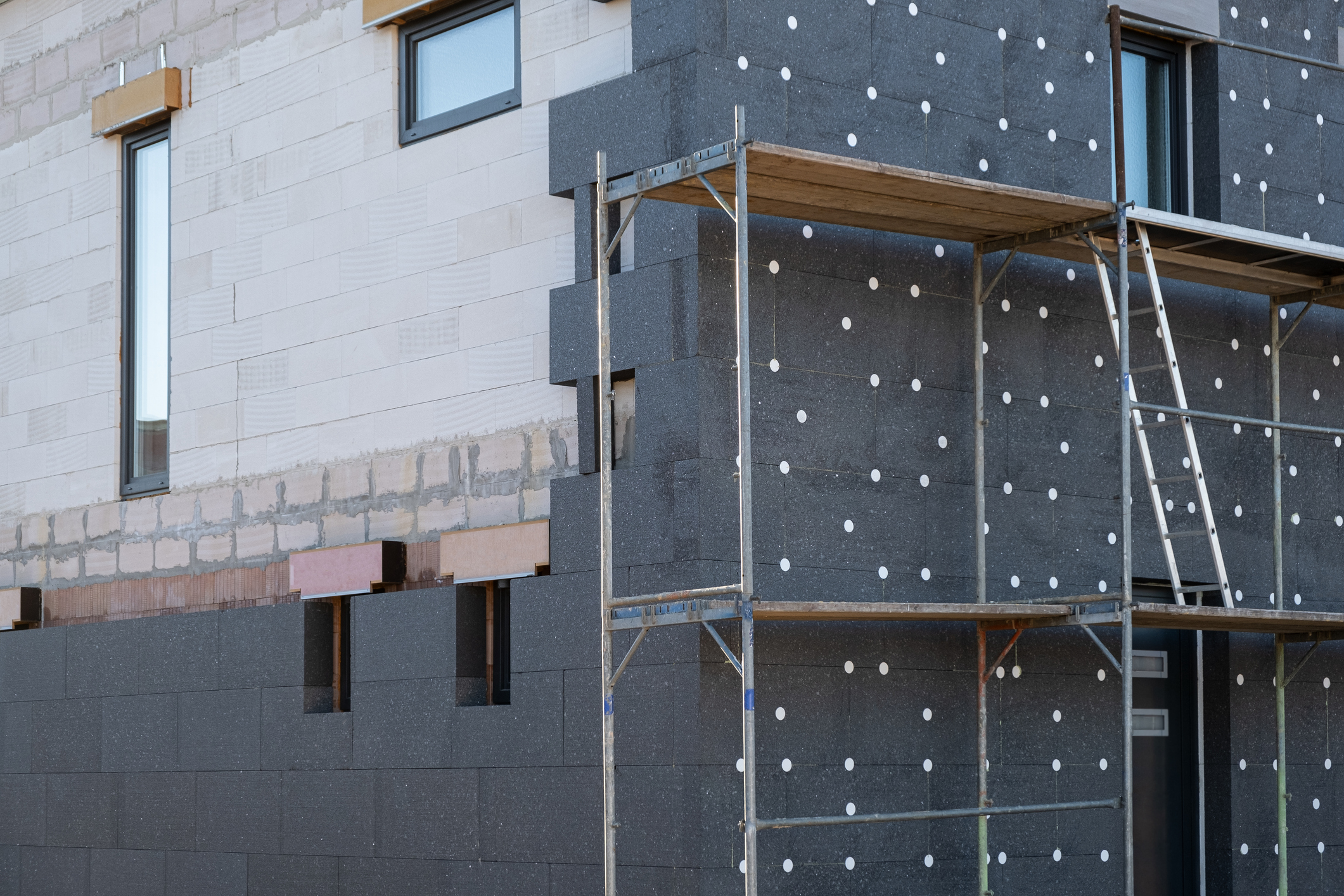
Why Thermal Breaks Should Be a Standard Part of Every Build
Whether you’re planning a new housing development or have a retrofitting project on the horizon, thermal breaks should be part of your core specification, not an afterthought.
At Armatherm™, we help to ensure that thermal bridging is tackled effectively and efficiently. Our solutions are engineered to deliver lasting results, helping developers, specifiers and homeowners build better, healthier and more sustainable homes.
Contact us today to speak with one of our experts.
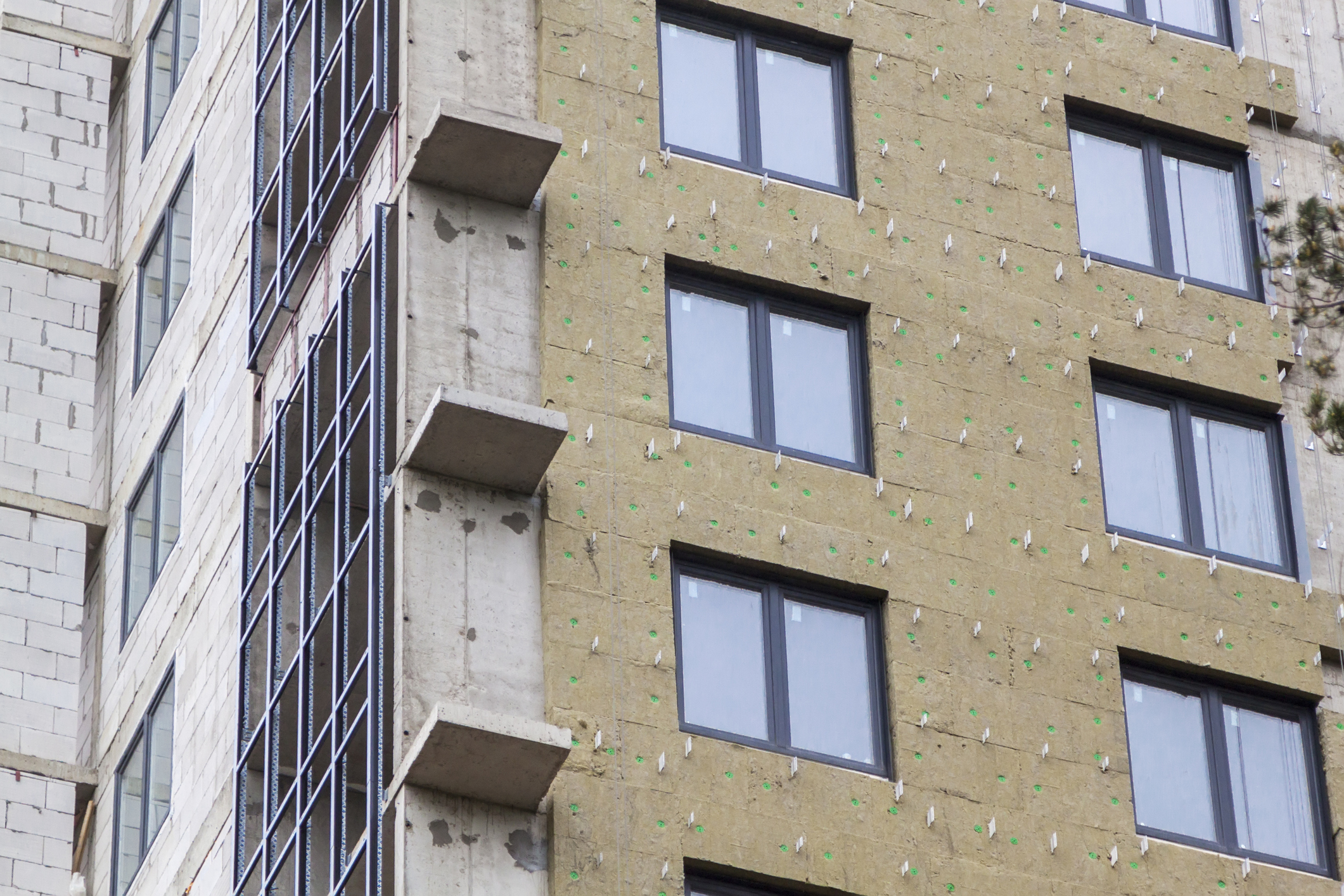
Other Articles
& Projects
Solving Thermal Bridging in Masonry Shelf Angle Systems
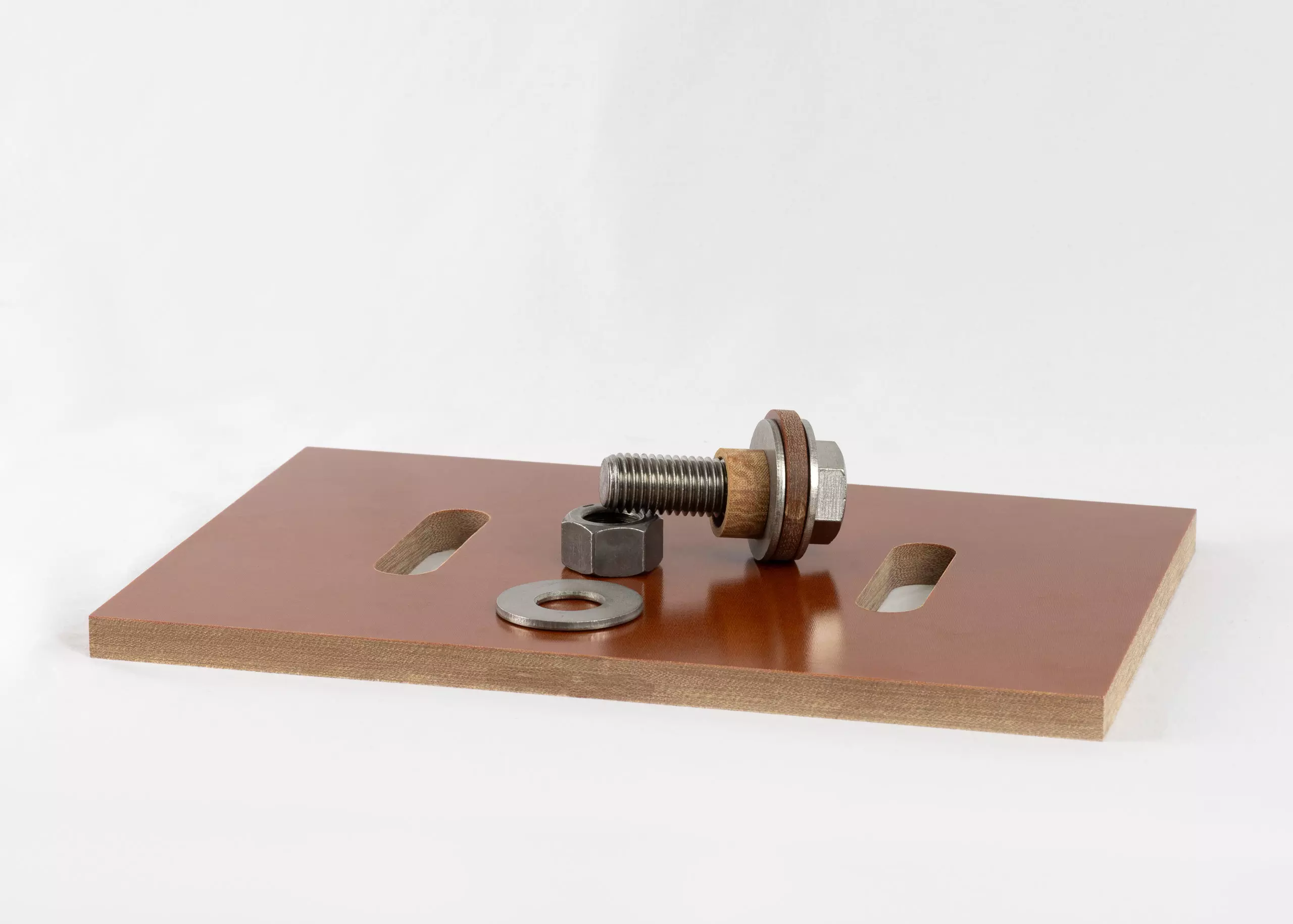
Thermoset resin vs fiberglass: Which thermal break is best?
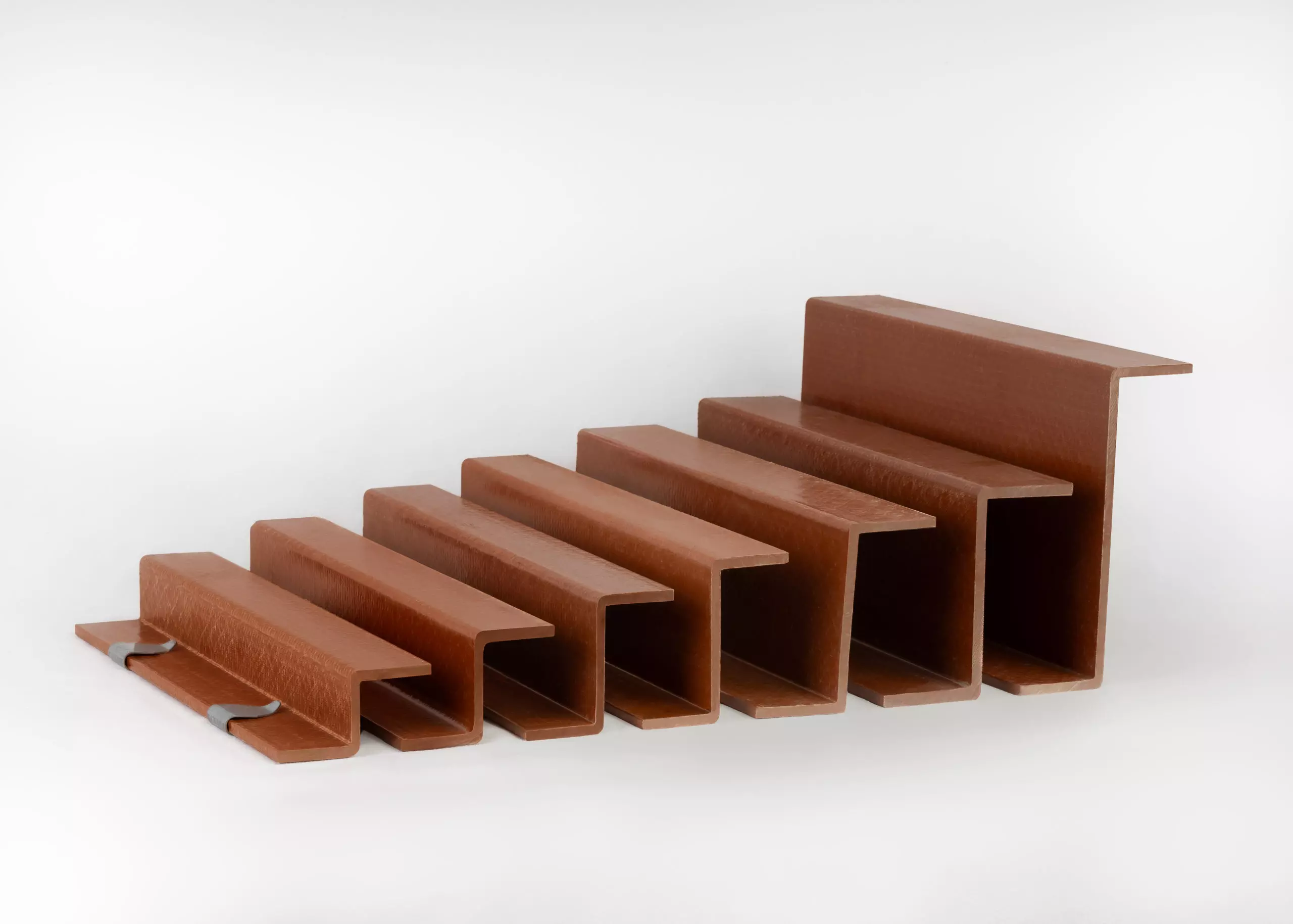
Meeting demand and expanding our global reach – fourth office opens in Canada

Partner With Armatherm for Targeted Thermal Bridging Solutions

Armatherm announces expansion with the opening of a third office

Armatherm Cast-In Situ Thermal Breaks
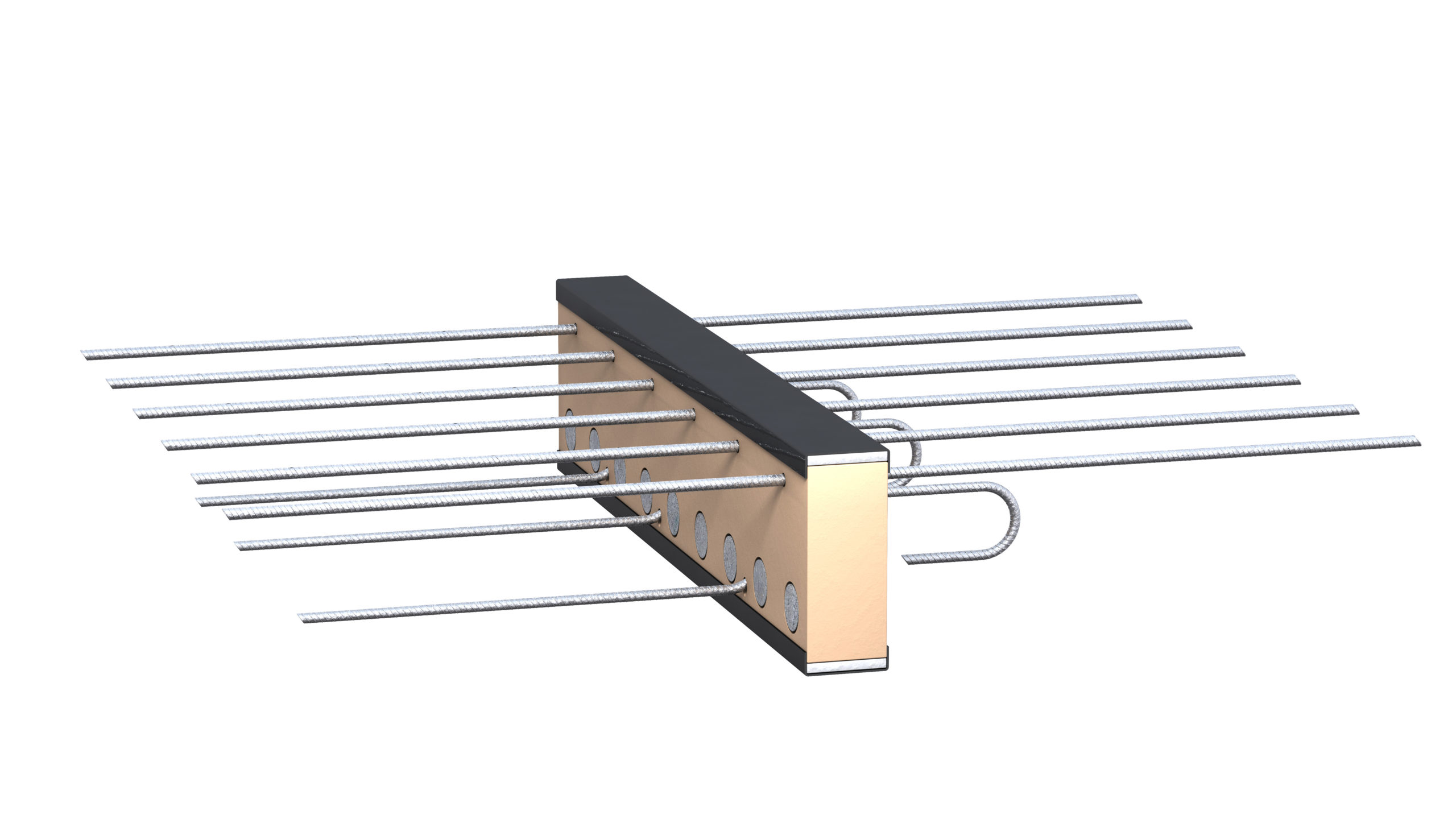
Are thermal breaks overlooked in residential construction?

Thermal Bridging and Its Effect on Air Quality Indoors
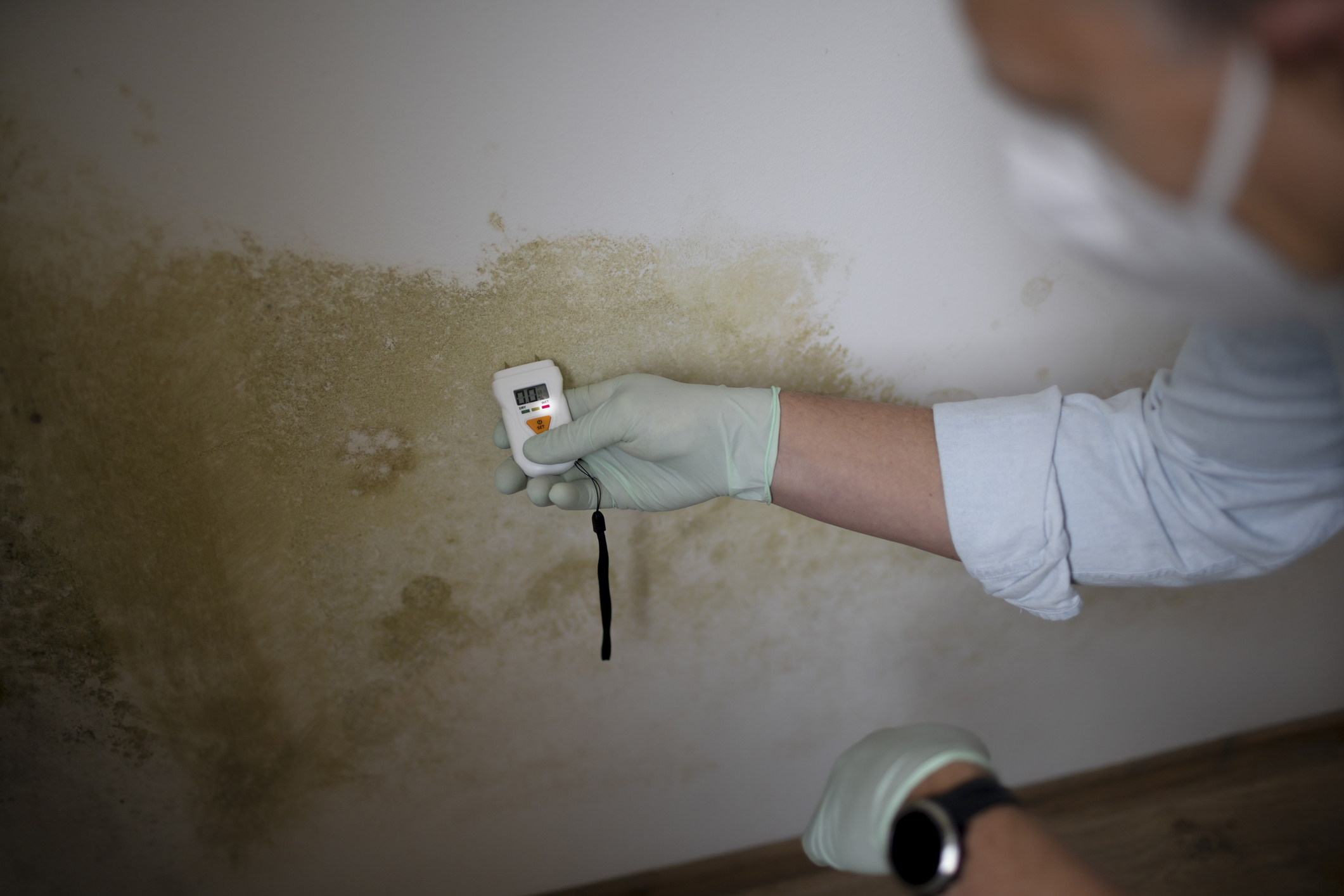
Achieving Net Zero with Innovative Construction Solutions
